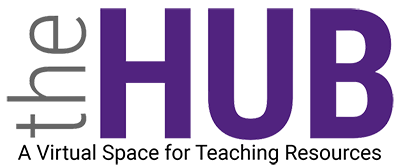“I” Message
Purpose In any conflict, it is important that the people involved understand one another’s thoughts and feelings. “I” Messages are a way for a person to communicate clearly, but without insults, blames, or threats, how he or she feels about…
